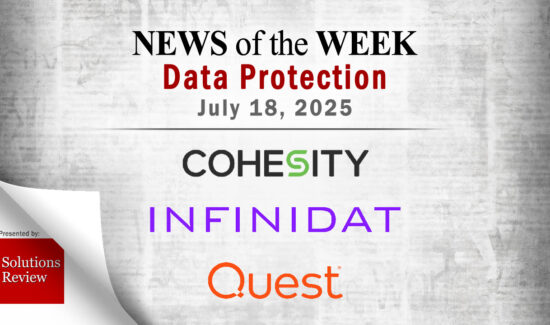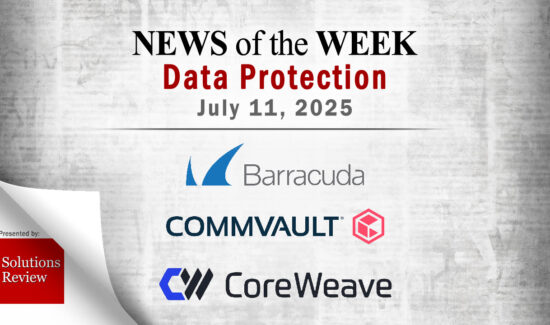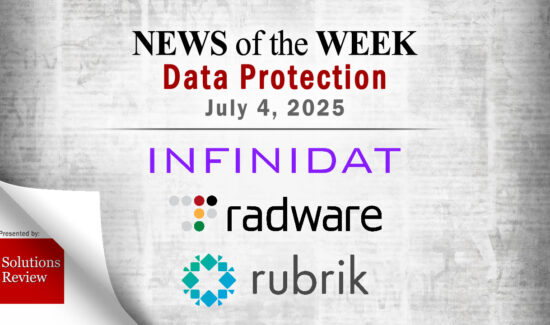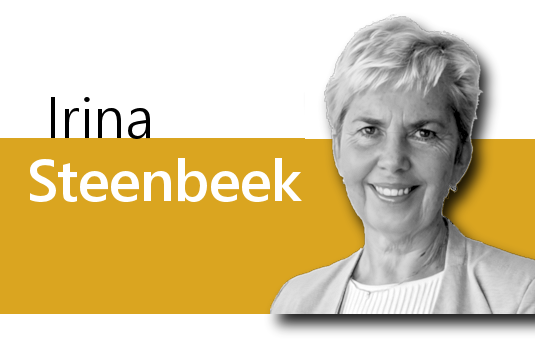What’s Changed: 2024 Gartner Magic Quadrant for Enterprise Backup and Recovery Software Solutions


Solutions Review’s Executive Editor Tim King highlights what’s changed since the last iteration of Gartner’s Magic Quadrant for Enterprise Backup and Recovery Software Solutions and provide an analysis of the new report.
Analyst house Gartner, Inc. has released its 2024 Magic Quadrant for Enterprise Backup and Recovery Software Solutions. Gartner defines the marketplace as being “as technology that captures a point-in-time copy (backup) of enterprise data in on-premises, hybrid, multicloud and software as a service (SaaS) environments. These solutions write this data to one or more secondary storage targets for the primary purpose of recovering it in case of loss.”
Gartner adds that these solutions are increasingly vital, given the proliferation of complexity in enterprise IT environments. Events that could trigger the need for backup and recovery include accidental, malicious, or environmental causes. Gartner adds: “Solutions must offer effective capabilities to simplify the management of data protection across complex enterprise environments. They must also ensure reliable recovery not just from accidental or operational errors but also from data loss arising from constantly changing threats.”
Standard capabilities for tools in this niche include protection of SaaS and Paa S applications, centralized consoles, security functions, cyber recovery, disaster recovery, and backup orchestration.
Gartner outlines immutable backup integration, data recovery, and backup as must-have features, adding: “On-premises requirements include protection of operating systems, files, databases, virtual machines and applications. Cloud requirements include protection of infrastructure as a service (IaaS), platform as a service (PaaS), database as a service (DBaaS) and SaaS.”
Some optional capabilities to be on the lookout for include vendor-hosted Backup as a Service and Saas-based control planes, as well as emerging GenAI toolsets and support for expanded data backup use cases.
Gartner adjusts its evaluation and inclusion criteria for Magic Quadrants as software markets evolve. In this Magic Quadrant, Gartner evaluates the strengths and weaknesses of 13 providers that it considers most significant in the marketplace, and provides readers with a graph (the Magic Quadrant) plotting the vendors based on their ability to execute and completeness of vision. The graph is divided into four quadrants: niche players, challengers, visionaries, and leaders.
At Solutions Review, we read the report, available here, and pulled out the key takeaways.
In a similar fashion to 2023, the same collection of vendors makes up the leaders in this market. Led again by Veeam, the top players in this space (according to Gartner) include: Commvault, Rubrik, Cohesity, Veritas, and mega-vendor Dell Technologies. Veeam has recently made several major product updates and even has its own managed backup services. Gartner touts Veeam’s market responsiveness as a top consideration.
Commvault offers a broad ecosystem of support, has simplified licensing, and brings a heavy focus on cyberresiliency and recovery. Gartner adds: “Cleanroom Recovery, combined with its Arlie AI and third-party security integrations, simplifies customers’ efforts to plan, exercise and execute complex recovery efforts.”
Rubrik “continued to innovate its product offerings” through new data security technologies through its Laminar buy, as well as expanded cyber threat protection tools and bundle options. Gartner clients report: “Rubrik has engaged in aggressive negotiations to provide competitive pricing for renewals and net new deployments.”
In February 2024, Cohesity announced its acquisition of Veritas NetBackup and Alta data protection software. According to Gartner: “This represents the most significant merger or acquisition in this market in over a decade.” Veritas brings new and existing technologies to a product line that is already strong in innovation and execution.
Dell offers a comprehensive solution package, described by Gartner as: “Dell bundles its data center portfolio of servers, storage, networking, and backup and recovery offerings to deliver a single vendor solution that minimizes the number of vendors that clients need and improves the overall customer experience.” Dell also offers storage direct protection and an APEX subscription option.
Without a challenger this year, we move on to highlight a trio of notable brands that could all make a place for themselves as leaders as soon as 2025.
Druva is unique in that its platform was built as cloud-native from the start. Gartner explains: “Druva’s BaaS platform provides ease of use and automatic scaling of resources for all data.” Druva is best for cloud-first enterprises and touts global coverage via an OEM partnership with Dell.
IBM has a storage focus, offering backup products with top-tier backup performance. Gartner says: “IBM has focused on improving backup and recovery integrations with IBM storage, improving backup performance and data resilience with these integrations.” IBM also continues to invest in its container backup and recovery product, and has recently implemented AI for threat detection in this sphere.
With broad cloud support, HYCU’s strong focus on SaaS and PaaS integrations has led to “a large list of supported services not commonly found within other market offerings.” HYCU also offers a unique capability to enable users to gain visibility into their firm’s data protection estate. HYCU uses generative AI to help accelerate the development of data protection modules as well.
A 2023 challenger, Arcserve finds itself atop the niche players quadrant. There is no longer representation from Acronis in this space, either. Arcserve offers great flexibility, offering clients a choice between perpetual licensing to better align their requirements. Arcserve also touts comprehensive application protection and wide geographic coverage.
Unitrends, Microsoft, and OpenText round out the report. A Kaseya company, Unitrends offers unified administration and expanded DRaaS with guaranteed RTOs. Microsoft offers alignment, of course, but also a soft delete with Azure backup feature and isolated backup vaults. OpenText touts broader portfolio integrations, proprietary pricing, and broad support for hypervisors.



















